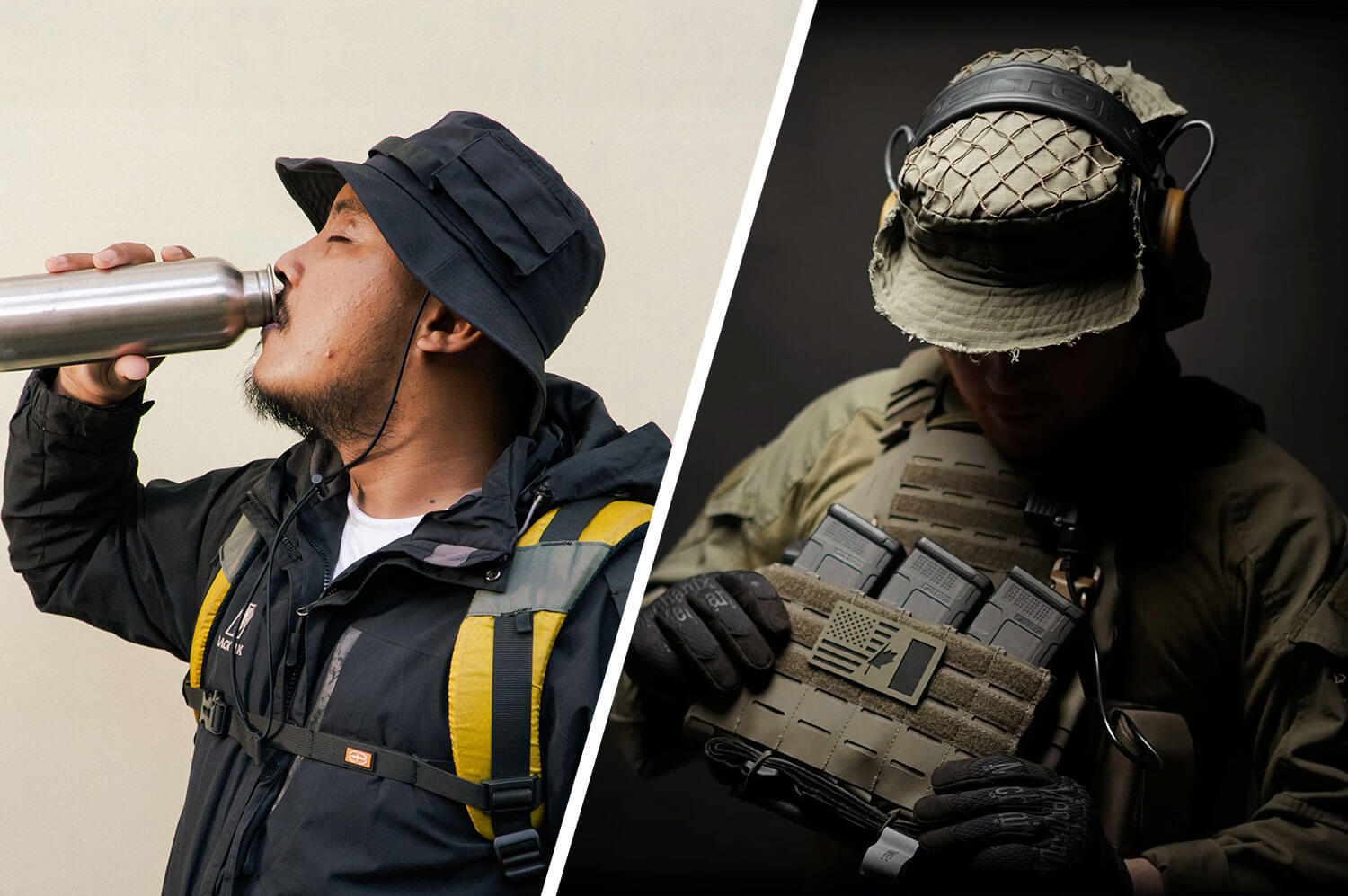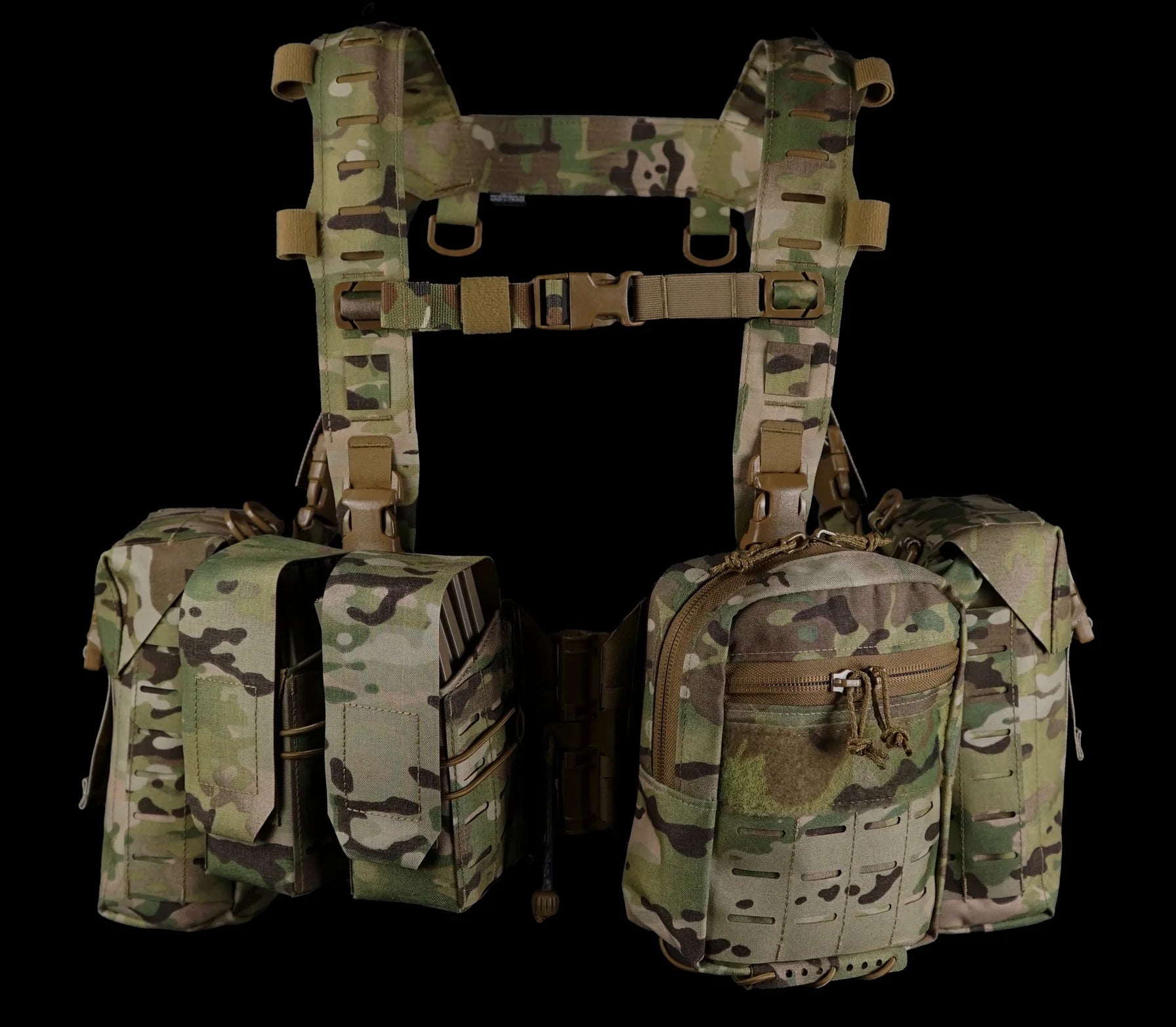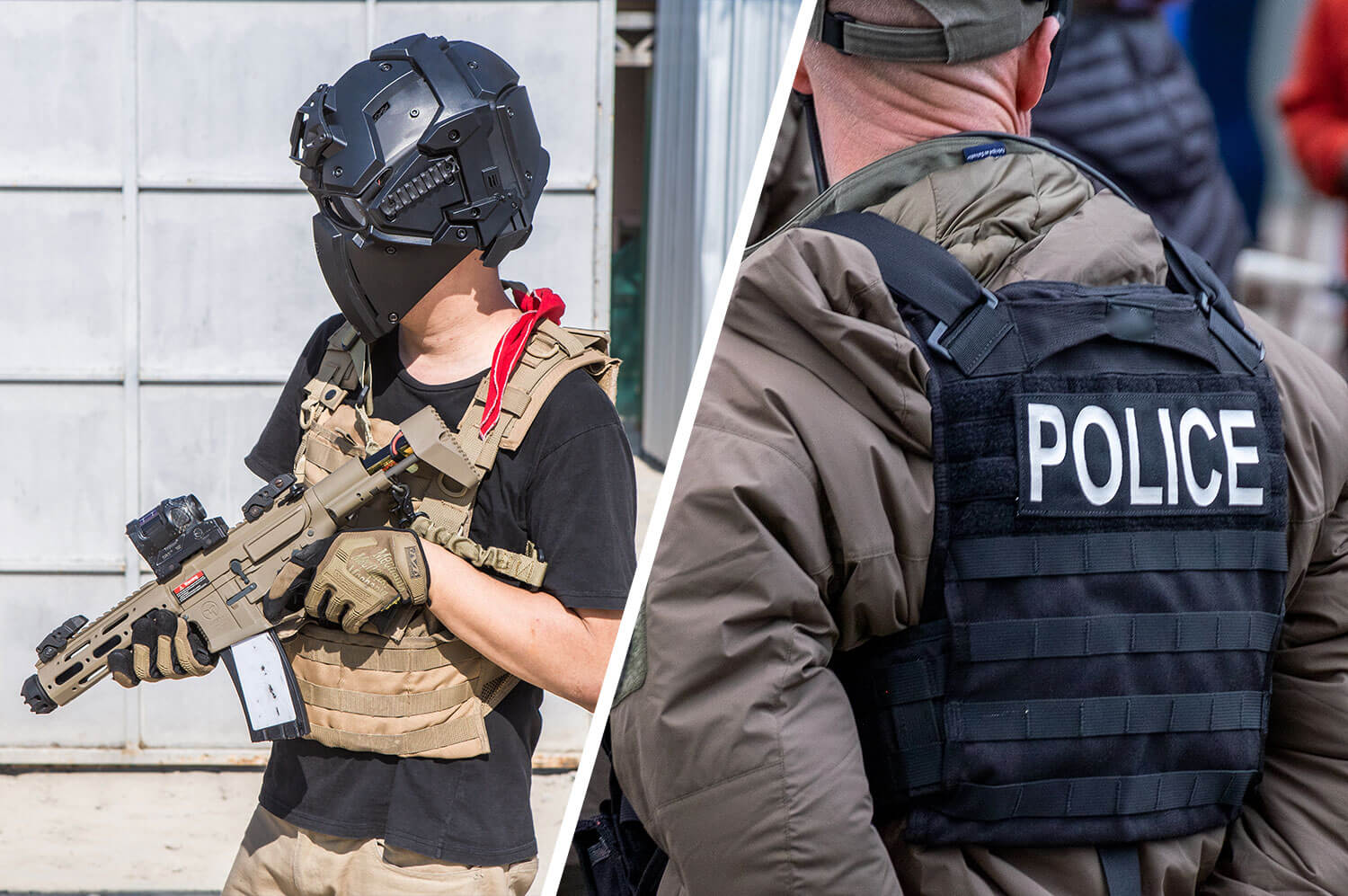
Boonies Hat vs. Military Boonie Hats: What’s the Difference?
Introduction to Boonies Hats and Military Boonie Hats
Boonies hats and military boonie hats may look similar at first glance, but their differences run deeper than just their names. Both types of hats share a foundation rooted in practicality, offering protection from the elements and versatile functionality. However, the context in which they’re used and the demands placed on them have led to distinct variations in their design and purpose.
Traditional boonies hats are often seen as a staple for outdoor enthusiasts, casual adventurers, and anyone who enjoys spending time in nature. These hats are valued for their lightweight feel, comfortable fit, and general usability in outdoor activities like hiking, fishing, or gardening. On the other hand, military boonie hats are designed with tactical precision in mind, built to meet the rigorous demands of soldiers, law enforcement, and other tactical professionals. They’re not just an accessory; they’re a tool engineered for performance in extreme environments.
Understanding these distinctions is key to choosing the right hat for your needs. Whether you’re seeking an everyday outdoor companion or a specialized piece of tactical gear, knowing the strengths and differences of these hats can make all the difference.
Historical Background of Boonies Hats and Military Boonie Hats
The story of the boonie hat begins with its adoption during the Vietnam War, where its wide brim and lightweight design quickly made it an essential piece of military gear. Soldiers needed headwear that could protect them from the sun, rain, and dense jungle environments while remaining practical to carry and use. This led to the creation of the military boonie hat, a rugged design specifically tailored to the demands of combat.
Traditional boonies hats have their roots in this military heritage but have since evolved to cater to a broader audience. Outdoor enthusiasts embraced the practicality of the design, adapting it for recreational activities like camping, fishing, and trekking. While they still resemble their military counterparts, traditional boonies hats have shed some of the specialized features in favour of simpler, more universal appeal.
Military boonie hats, however, have maintained their focus on tactical utility. Over the years, they’ve been refined with enhancements like reinforced stitching, loops for adding camouflage, and patterns that blend seamlessly into a variety of operational environments. This evolution underscores their primary purpose: meeting the needs of professionals in high-stakes situations. Understanding this history helps highlight why these two hats, though similar, serve different roles.
Design Differences
When comparing boonies hats and military boonie hats, the differences in design are immediately apparent if you know what to look for. Traditional boonies hats are generally simple in their construction, focusing on a wide brim for sun protection and a relaxed fit for comfort. They are often available in various colors and patterns, appealing to outdoor enthusiasts who prioritize style and functionality in equal measure.
Military boonie hats, however, are built with a specific purpose in mind. Their design includes features like reinforced stitching for durability, adjustable chin straps to keep the hat secure during intense activity, and branch loops for attaching foliage or additional camouflage. The brims are typically stiffer to maintain shape, ensuring consistent protection even in demanding conditions. These subtle but critical details make military boonie hats a superior choice for tactical operations where every piece of gear must perform reliably.
Material and Durability
The materials used in boonies hats and military boonie hats highlight their distinct purposes. Traditional boonies hats are often made from lightweight cotton or polyester blends, prioritizing breathability and comfort for casual wear. These materials are great for outdoor activities like hiking or fishing but may not hold up under extreme conditions or prolonged use.
Military boonie hats, on the other hand, are crafted from rugged materials like ripstop fabric or high-density blends designed to withstand rough environments. These fabrics are often treated with water-repellent coatings to keep you dry during sudden rain or dew-heavy mornings. The durability of military boonie hats isn’t just about lasting longer—it’s about ensuring reliability when you need it most. Whether you’re trekking through dense forests or operating in a desert, the materials in a military boonie hat are made to endure and perform.
Functional Features
One of the most noticeable distinctions between boonies hats and military boonie hats lies in their functional features. Traditional boonies hats focus on providing general outdoor utility, often equipped with wide brims for sun protection and ventilation eyelets to keep you cool. These features are ideal for casual use, offering a good balance of comfort and practicality for activities like fishing, camping, or gardening.
Military boonie hats, however, take functionality to the next level. They are designed with tactical operations in mind, incorporating features such as MOLLE (Modular Lightweight Load-carrying Equipment) compatibility and foliage loops for attaching camouflage.
Adjustable chin straps ensure the hat stays securely in place during high-intensity movement, while reinforced brims provide consistent shape retention in any environment. These added features make military boonie hats a purpose-driven choice for professionals who rely on every piece of their gear.
Camouflage and Stealth Capabilities
Camouflage is where military boonie hats truly outshine their traditional counterparts. While both types of hats may feature patterned fabrics, military boonie hats are specifically designed to blend into tactical environments. They are often available in military-grade camouflage patterns, such as MultiCam, Woodland, or Desert, tailored for use in specific terrains. These patterns are carefully developed to reduce visibility in operational settings, giving users a critical edge in stealth.
Traditional boonies hats, by contrast, prioritize versatility and style over tactical concealment. While they may come in earthy tones or casual camo prints, they typically lack the advanced concealment capabilities of military versions. Military boonie hats also go further by including loops for attaching natural elements like leaves or branches, enabling users to adapt their camouflage on the fly. This ability to integrate seamlessly into the environment makes military boonie hats a vital tool for tactical professionals, hunters, and others who require low visibility in the field.
Cost and Availability
The price and accessibility of boonies hats and military boonie hats also reflect their intended uses and audiences. Traditional boonies hats are widely available and generally more affordable, catering to outdoor enthusiasts and casual users. You can find them in outdoor stores, big-box retailers, and even online marketplaces, often at a fraction of the cost of their military-grade counterparts. This accessibility makes them an easy choice for those who want functional headwear without a specialized purpose.
Military boonie hats, on the other hand, are typically sold through tactical gear suppliers and specialty retailers. Their higher price reflects the superior materials, advanced features, and precision engineering that go into their design. For military personnel, law enforcement, and dedicated outdoor professionals, this investment is justified by the enhanced performance and durability these hats provide. While not as widely available as traditional boonies hats, military boonie hats can often be sourced from trusted manufacturers or surplus stores, ensuring authenticity and quality.
User Feedback and Practical Experiences
The experiences of users often highlight the key distinctions between boonies hats and military boonie hats. Outdoor enthusiasts frequently praise traditional boonies hats for their comfort and versatility, noting how they perform well for casual activities like hiking and fishing. The lightweight design and breathable materials make them an easy and practical choice for long days outdoors. However, some users mention that traditional boonies hats may wear out faster when exposed to rugged conditions or extended use.
Military boonie hats, on the other hand, are highly regarded by tactical professionals and serious outdoor adventurers. Users emphasize their reliability in harsh environments, from intense heat to pouring rain. Features like reinforced stitching, camouflage adaptability, and secure chin straps are frequently cited as game-changers during high-intensity activities. These practical experiences underscore the military boonie hat’s role as a specialized tool for those who demand more from their gear, making it a preferred choice for demanding scenarios
Choosing the Right Hat for Your Needs
Selecting between a standard boonies hat and a military boonie hat depends on your intended use and priorities. If you're seeking a lightweight, breathable option for casual outdoor activities, a traditional boonies hat is a perfect choice. Its affordability, wide availability, and focus on comfort make it ideal for hiking, fishing, or gardening—situations where style and ease trump tactical performance.
On the other hand, if your activities demand durability, reinforced brims, and high-performance materials, a military boonie hat is the superior option. Designed for tactical operations, hunting, and rugged environments, these hats offer unmatched reliability. With features like camouflage patterns and enhanced durability, they are purpose-built for high-stakes situations. Whether you're preparing for a mission or ensuring readiness for extreme conditions, a military boonie hat delivers the functionality and dependability you need.


